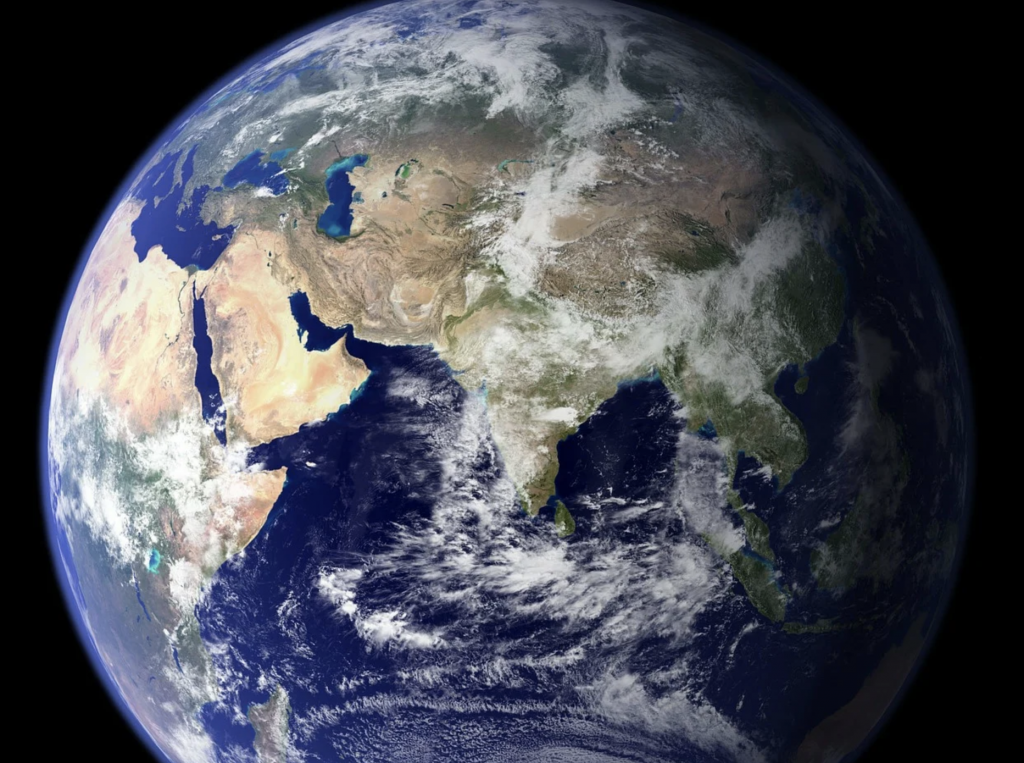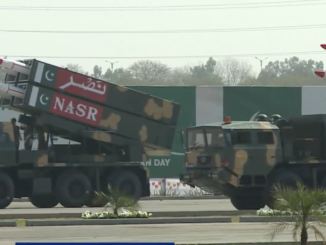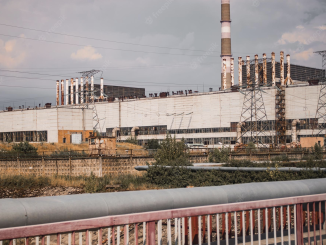
The theory of ‘Complex Interdependence’ was put forth by Robert Keohane and Joseph S. Nye in 1970s. This theory threw down the gauntlet to the fundamental assumptions of classical and structural realism which gave more importance to state’s military and economy as the bases for power. This theory provides inductive explanations to comprehend the contours of the world structure.
Robert Keohane’s main work put emphasis on “new international issues (international political economy, not international security), new forms of interaction (transnational and trans-governmental relations, rather than interstate relations), new outcomes (international cooperation rather than international conflict) and new structure (international institutions, not pure anarchy). Complex interdependence, by Robert Keohane and Joseph Nye, can simply be defined as inextricable attachment between states and their interests. The most important feature of the current world lies in the theory of complex interdependence, where interests of the states are attached with each other. Owing to the pluralistic nature of the world which involves both state and non-state actors, these have become more dependent on one another. Complex Interdependence throws light on the transnational actors regarding states. This theory put forth that states are not the only actors at the international arena, but other actors are also involved in the international politics. The security issues are not the only important areas of international agenda, but social and welfare issues have also taken the center stage in the global political agendas. Cooperation is as dominant a characteristic of international politics as conflict. The glaring example of Afghanistan Peace Process stands a clear testimony to this fact that cooperation rather than competition is the only means to resolve the conflict. Therefore, the complex interdependence has made it vivid clear that pacificism should take precedence over the coercive mechanism of conflict resolution.
This theory provides a real basis for constrained use of military interventions and talks more of economic interdependence. Politics of economic interdependence contains three principal themes which can be:
- Politics of interdependence is based on the bargaining theory.
- It also gives the detailed analysis of the phenomenon of “complex interdependence” and he impact of the processes that it encompassed.
- It is an attempt to analyze the changes at the international and regional level and the governing arrangements that affect the relationship.
This theory is cardinal of neoliberal perspective and has been employed by the pundits of international relations analyzing the contours of international politics. It gives states a chance to enter cooperation to mitigate possible threat to their existence under the clout of anarchy and dependence.
South Asia is a region in the South of Asian continent, primarily consists of seven countries: Pakistan, Indian, Bangladesh, Nepal, Bhutan, Sri-Lanka, and Afghanistan. These states are different in their sizes and capabilities. These states are also vulnerable to the security threats at intra-state, interstates, and human levels. These threats range from traditional to non-traditional security paradigms. This region holds immense importance and is a cynosure of the great powers’ sight. South Asia is home to more than 1/5th of the world’s population and is considered the most populous region in the world. Geo-political aspect of the region also gets the global attention in the wake of three nuclear powers sharing the borders with one-another. Furthermore, its geo-economic potentials add up to its importance which is why 21st century is often regarded as an Asian century.
Much of the South Asian politics and issues revolve around two main countries: India and Pakistan. The two countries have made the region volatile and vulnerable to threats and threat perception. There is litany of reasons due to which this region is considered as region of chief importance. With the Nuclear test by India and Pakistan, this region has become more volatile and vulnerable. India exerts herself as the hegemonic power because of her ever-growing economy, one of the largest standing armies, stable democratic system, and highly educated middle class. This claim of India incites Pakistan to balance Indian mounting threat. Pakistan has to its credit a well-trained and well-equipped army, growing population, geo-strategic location, and economic relations with China. This helps Pakistan not only to counter Indian rising hegemonic threat but also invites the interests of big powers to the region. Owing to absence of vibrant economic relations, India and Pakistan have been unable to enjoy amicable relations. This is the reason why both countries let the security issues dominate their relations. However, presence of international organization and membership of international economic forums have punctuated them from involving into any sort of conflict or resorting to military entanglements to resolve their outstanding issues.
Its geo-strategic and geo-economic location has attracted sight of the big powers during the world’s three major eras: during the cold war, the post-cold war, and post 9/11. Economically enticing location of South Asia has changed the dynamics of the region. War prone tendencies of the region have reduced to mere escalations due to rising importance of the regional economy. Owing to rise of national and transnational organizations and state-to-state economic associations have made war as outmoded way of resolving issues among states. Security issues among states have not dominated their other interests while interacting with the counterparts. The striking example of Indo-China relations cannot be ignored where India is maintaining amicable relations with China despite sharing historic military animosities. Even the recent Gulwan Valley clashes could not undermine their economic relations except for a nominal hiatus. Thus, economic ambitions of India take precedent over military turmoil between the two countries.
It can be inferred from above discussion that interdependence among the states has barred them from plunging into wars as a last resort to resolve their conflicts. Therefore, complex interdependence has prevailed in South Asian region where economic interdependencies have made the war a coercive mean of resolving issues and economy has taken dominance over other issues of the region. Many issues are still prevailing in South Asia: environment and globalization have made interdependence a more complex phenomenon. Therefore, military force is not considered a catalyst to resolve these issues based on realistic paradigm. Economy has taken precedence in all these issues. Mutual and complex interdependence has taken roots in South Asia as well.
The recent melting of the ice between India and Pakistan has paved the way for the resolution of conflicts through political means rather than through coercive mechanisms. Since both countries are nuclear-states and any kind of escalation can result into mutual assured destruction. Complex interdependence between the two countries has made it blatant that issues must be resolved through the tables and economic cooperation should be encouraged as the potential between the two countries stands at $37 bn per year. These steps would help develop the enabling environment in the region to resolve the bone of contention i.e., Kashmir dispute. Hence, economy should take the driving seat while the security matters should be in the trunk now as the real enemy is growing poverty and human development crisis in the region which can be defeated through cooperation not competition.
![]()




Be the first to comment